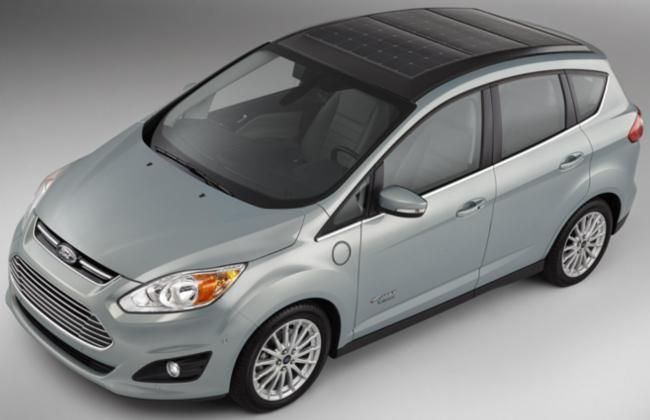Technical Aspects: Carburetor under different driving conditions
Modified On Feb 24, 2016 06:49 PM By Sahib
- 395 Views
- Write a comment

Under Idling Phase:
For idling or low speed operation, engine requires a rich mixture (usually air:fuel being 10:1). To supply fuel during idling, an idling system is built into the carburetor. An opening called idle port is there just below the throttle valve. Idle port is connected directly to float chamber through a passage.

When the throttle valve is closed or partially closed, the suction below the throttle causes the fuel to rise in the idle tube and to discharge through the idle discharge port directly into the engine intake manifold. There is also an Idle mixture screw located behind the idle port to control the amount of mixture discharge through idle port.
Under Low Speed Conditions:
Almost a similar circuit is utilized for low speed operation. When the throttle valve is partially open, the vacuum below the throttle is reduced (because more air is now passing past the throttle valve now) and hence less fuel flows through the ideal port. The Low-Speed Port also comes into action because throttle valve has moved past and above the low speed port.

Under Metering Phase:
When the throttle valve opens further as the vehicle propagates, the vacuum in the intake manifold decreases further. This causes ideal port and low speed port to close and they stop adding extra amount of fuel in to the mixture. Now only the main nozzle discharges fuel into the air flowing through the venturi and provides air-fuel mixture as per requirement.

Here the power piston is held up and it will be brought down at the stage where more power is required. It is discussed later.
Under Power Phase:
When the acceleration pedal is pressed slowly, the throttle valve opens wide. At this instant power circuit comes into play. It includes power piston, power valve and a power jet. The vacuum in the intake manifold has held the piston up and restricted extra fuel discharge through jet.

Since the vacuum in the intake manifold is lost due to wide open throttle valve, spring pushes the piston down. Power piston pushes the power valve to open power jet. This provides the rich mixture as required.
Under Acceleration Phase:
When the acceleration pedal is pushed to the floor suddenly, the throttle valve opens wide. The system needs rich mixture immediately at that instant of time. Acceleration pump comes into play at that time.

The pump plunger is pushed down suddenly and forces the fuel out through the pump jet. The fuel discharges into the air-fuel mixture flowing through the venturi tube and this enriches the air-fuel mixture as required by the system.
Under Choking Conditions:
Choke valve comes into play when the engine is cold and needs to be supplied with a very rich mixture. At this stage, the choke valve gets closed so that minimum air gets passed into the venturi tube. While more fuel is delivered by the main jet due to vacuum created in the manifold. At the same time, less air in the mixture leads to fulfilment of the rich mixture requirements of the engine.

Also Read: Technology Decoded: Carburetor
0 out of 0 found this helpful










